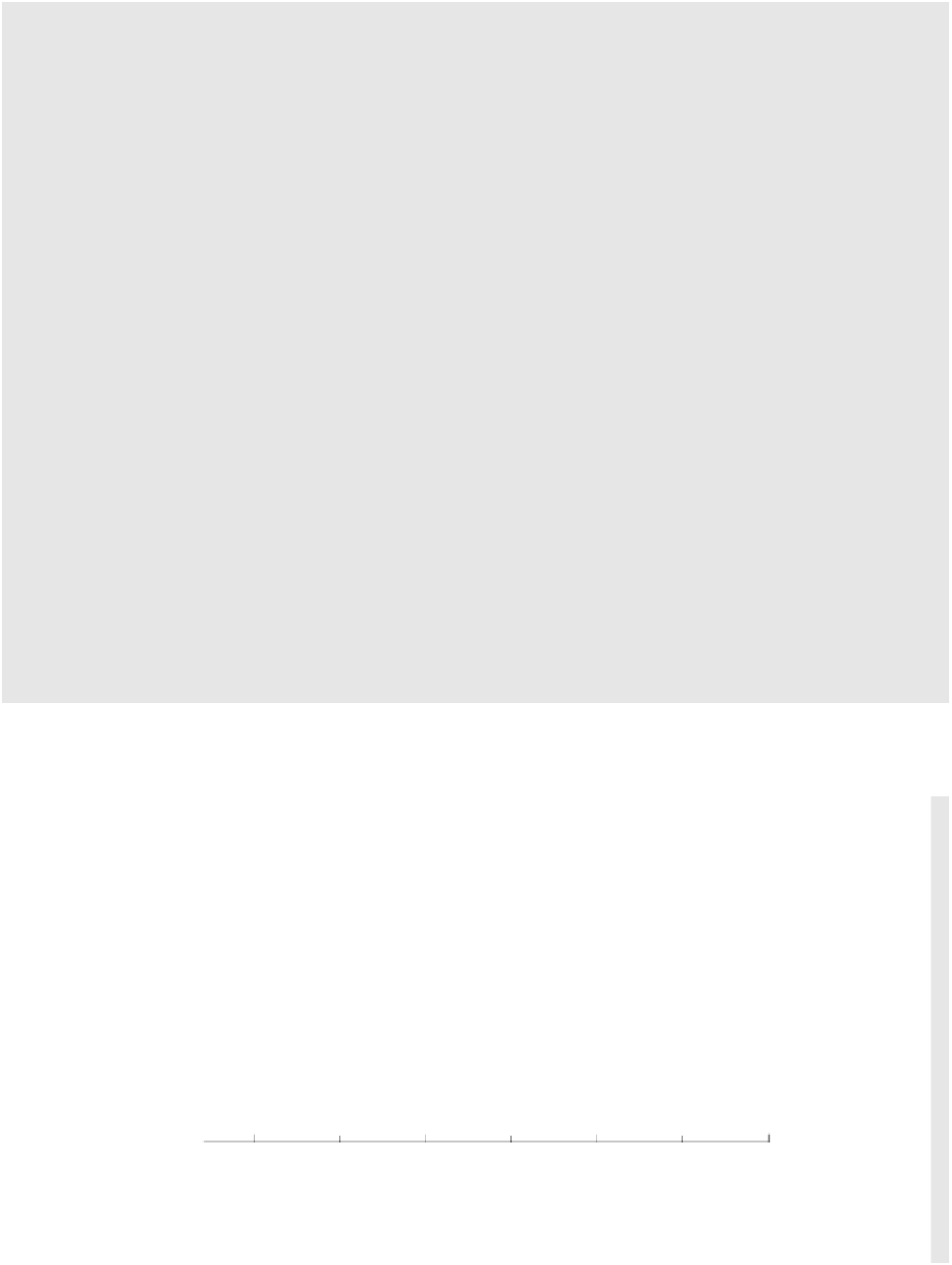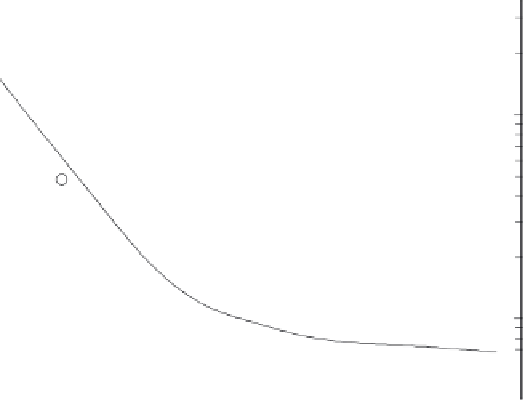Environmental Engineering Reference
In-Depth Information
METHOD 3.1.
Equipment Used to Measure Light in Aquatic Habitats
Many people investigating aquatic habitats use a Secchi disk to estimate
transparency. This simple method was first used in 1865 by an Italian as-
tronomer, Father Pietro Angelo Secchi, to test ocean clarity. The Secchi
depth is the depth at which a weighted, black-and-white disk, 20 cm in di-
ameter, disappears from view. The instrument gives the most consistent re-
sults in sunny, midday, calm water conditions off the shaded side of a boat
or dock to minimize reflection off the water. Secchi depth corresponds to
the depth at which approximately 10% of the surface light remains (Wet-
zel, 1983). The relationship between transmission of photosynthetically
available radiation (or the extinction coefficient) and Secchi depth is com-
plex and nonlinear because it depends on ambient light, scattering and ab-
sorptive properties of the water, and the measurer. However, Secchi depth
can serve as an estimate of light attenuation (Fig. 3.7) and the method is
inexpensive and easily performed by minimally trained observers.
Several other methods are available for measuring light, depending on
the reason for the measurements. If an investigator is interested in the total
light that is heating the surface of a lake, then the total energy entering the
lake should be measured. If photosynthesis is of interest, then the energy as-
sociated with wavelengths of light that support photosynthetic activity needs
to be quantified. For other applications, specific wavelengths are of interest
(e.g., determining the influence of UV-B radiation on biological activity).
To measure
irradiance,
it is necessary to correct for light that is com-
ing at an angle to the sensor as opposed to a parallel beam coming straight
30.0
20.0
10.0
8.0
O
l
i
got
r
ophic
7.0
6.0
5.0
M
eso
t
rophi
c
4.0
Eutrophic
3.0
2.0
1.0
0.8
0.7
0
1
2
4
Extinction coefficient (
η
)
FIGURE 3.7
Secchi depth as a function of extinction coefficient (measured with a quantum
meter, 400-700 nm) for 13 Oregon lakes. Boundaries between trophic states for Secchi depth
set according to the classification of OECD (1982) (R. W. Castenholz, unpublished data).







































































Search WWH ::

Custom Search